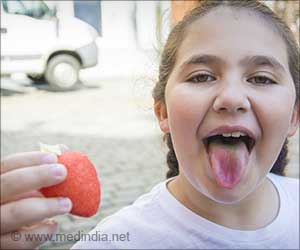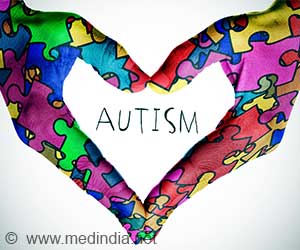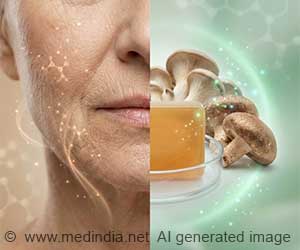Curious about food dyes? Explore their impact on health, safety controversies, and natural alternatives in this informative read!
- Food dyes, commonly used to enhance color, spark debate over safety and health impacts
- While regulatory agencies approve most, concerns persist, especially regarding allergic reactions and hyperactivity in children
- Opting for whole foods eliminates the need for artificial dyes and offers nutritional benefits
Color Additives in Foods
Go to source). They have been in use for a long time, with the first artificial ones made in 1856 from coal tar. Nowadays, most are made from petroleum. While there used to be many artificial food dyes, only a few are still commonly used today. Food manufacturers like them because they make food look more appealing than natural colors. However, there's a lot of debate about whether artificial food dyes are safe. Regulatory agencies, like the US Food and Drug Administration (FDA) and the European Food Safety Authority (EFSA), say they are okay, but not everyone agrees. Plus, some dyes are allowed in some countries but banned in others.
TOP INSIGHT
Did You Know?
The first artificial food dyes were made from coal tar in 1856, but now they are primarily derived from petroleum! #fooddyes #health #medindia
Artificial Dyes Used in Food
Several artificial food dyes are approved for use by both the US and Europe. These include Red No. 3 (Erythrosine), Red No. 40 (Allura Red), Yellow No. 5 (Tartrazine), Yellow No. 6 (Sunset Yellow), Blue No. 1 (Brilliant Blue), and Blue No. 2 (Indigo Carmine). In the US, the most commonly used ones are Red 40, Yellow 5, and Yellow 6. But there are discrepancies between countries (2✔ ✔Trusted SourceThe artificial food dye blues
Go to source). For instance, Green No. 3 is allowed in the US but not in Europe.
Do Food Dyes Affect Behavior?
There's a belief that artificial food dyes may cause hyperactivity and learning problems in children (3✔ ✔Trusted SourceArtificial food dyes and attention deficit hyperactivity disorder
Go to source). A long time ago, a doctor suggested that certain foods could lead to these issues. Some studies have since found a potential link between food dyes and hyperactivity, but not everyone is convinced.
Some children appear to be more sensitive to dyes than others. Yellow 5, also known as Tartrazine, has been associated with allergic reactions in some people (4✔ ✔Trusted Source
Prolonged use of the food dye tartrazine (FD&C yellow no 5) and its effects on the gastric mucosa of Wistar rats
Go to source). However, most allergic reactions are mild.
Should Food Dyes be Avoided?
While there's no strong evidence linking food dyes to cancer, some studies have found small amounts of cancer-causing substances in certain dyes. Although most people can tolerate food dyes, some may experience allergic reactions. If you suspect you are allergic to dyes, it's best to avoid them.However, the healthiest choice is to focus on whole foods that don't contain dyes. Fresh fruits, vegetables, meats, eggs, dairy, nuts, and grains are all naturally dye-free options. Not only do they lack artificial additives, but they also offer a range of nutrients essential for good health.
References:
- Color Additives in Foods - (https://www.fda.gov/food/color-additives-information-consumers/color-additives-foods)
- The artificial food dye blues - (https://pubmed.ncbi.nlm.nih.gov/20884387/)
- Artificial food dyes and attention deficit hyperactivity disorder - (https://pubmed.ncbi.nlm.nih.gov/21729092/)
- Prolonged use of the food dye tartrazine (FD&C yellow no 5) and its effects on the gastric mucosa of Wistar rats - (https://pubmed.ncbi.nlm.nih.gov/17505761/)
Source-Medindia
 MEDINDIA
MEDINDIA





 Email
Email









